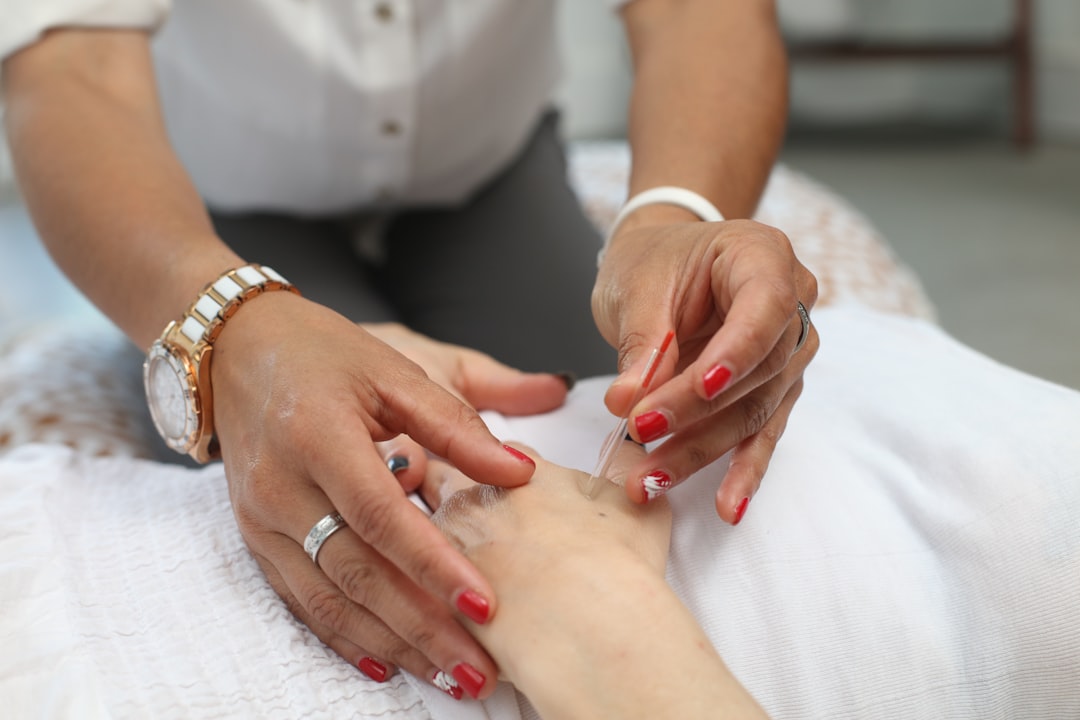As we age or face new physical challenges, ordinary tasks can become increasingly difficult. We may no longer be able to grip a frying pan, bend down to tie our shoelaces, or get up from a chair without assistance. Fortunately, there are many aids for daily living that can help us maintain our independence and quality of life.
One of the most important types of aids are mobility devices, which include walkers, canes, and wheelchairs. These tools can keep us steady on our feet, help us navigate stairs and rough terrain, and reduce the risk of falls. Many mobility devices are adjustable to fit different heights and body types, and can be customized with accessories like baskets and cup holders.
Another type of aid for daily living is the reacher, a device that allows us to grab objects that are out of our reach. Reachers come in many shapes and sizes, from handheld devices to specialized attachments that can be placed on walkers and wheelchairs. With a reacher, we can retrieve books from high shelves, pick up dropped items, and even turn off light switches without standing up.
For those with limited hand strength or dexterity, there are many tools available to make everyday tasks easier. Button hooks and zipper pulls can help us get dressed, while specialized utensils and cutting boards can make cooking and eating more manageable. Electric jar openers and can openers can handle tasks that require a strong grip or twisting motion.
If standing for long periods of time is difficult, a shower seat or bath bench can make bathing safer and more comfortable. These items can fit inside most shower stalls or bathtubs, and usually have non-slip surfaces and adjustable height settings. Transfer benches and sliding boards can also be used to safely get in and out of the shower or bathtub.
Bedside commodes and raised toilet seats can be especially helpful for those with mobility issues or balance problems. These aids for daily living allow us to use the bathroom independently, without the need for extra assistance. Many raised toilet seats also have handles or armrests for added support.
If reaching out to push or pull doors is a challenge, door openers can help. These devices can be mounted on doors or walls, and allow us to open and close doors with just a touch. Some door openers can also be activated with a remote control or smartphone app.
Finally, there are many communication aids available for those with hearing or speech impairments. Hearing aids and assistive listening devices can amplify sound and reduce background noise, while speech amplifiers and communication boards can help us express ourselves more clearly. Smartphone apps and text-to-speech programs can also be useful tools for staying connected and communicating effectively.
There are many other aids for daily living available, from bed rails and transfer poles to pill organizers and adjustable reading stands. With the right tools and equipment, we can maintain our independence and continue to enjoy the activities we love. Whether we need a little help or a lot, there is something out there for everyone.
It is important to remember that there is no shame in using aids for daily living to help us navigate life with greater ease. These tools are not a sign of weakness or incapacity; they are simply another way to empower ourselves and live our best lives. If you or someone you know could benefit from these tools, don’t hesitate to explore the options available. With a little research and experimentation, you may be surprised at how much difference even a small aid can make.






